How To Wash A Sew In At Home?

Sew-ins are go-to choices for most women as they add length, volume, and dimension to your natural hair. Unlike hair extensions, these are mostly woven into or installed over cornrows.
Related Read: Hair Extensions or Weaves: What's the Difference
If you have sew ins installed, you must wonder how to carefully wash them so you don't end up breaking or damaging them. If that's the case, we have covered you in this ultimate guide.
In it, we will dig deeper into a step-by-step guide on washing a sew in, along with other nitty-gritty details.
Now, let's begin exploring!
What to Consider Before Washing Your Sew ins?
Detangling and the application of pre-treatment to treat dryness are some of the most important things to do before washing your sew-ins.
Detangling:

Grab a wide-tooth comb and gently remove knots and tangles from your hair weaves. Begin at the ends and work your way towards the root, ensuring no more tangles or knots are left. (If your weave is very tangled, you can finger detangle it in the shower, also, ensure apply conditioner before shampooing).
Pre-treatment:
The next step is to apply pre-treatment to make your sew ins more manageable via proper moisturization.
Start by applying some natural oils, like coconut oil or argan oil, focusing on the hair ends, which become frizzy and are most prone to dryness. Apply thoroughly and leave it on for about half an hour to ensure maximum absorption of moisture.
Let's now move on to the step-by-step washing guide!
Step By Step Guide To Wash A Sew In
Step 1: Shampoo and Massage your Scalp
Sew ins need deep washing to ensure the removal of product buildups.

Simply grab a sulfate-free shampoo and apply it evenly on wet hair bundles and leave out. Focus on reaching your braids and scalp, as your main goal is to properly cleanse both. Most hair stylists recommend using tools, like applicator bottles or scalp scrubbers to help clean your scalp thoroughly. What's more, this won't mess up your hair wefts.
Another key tip is to dilute your shampoo to easily penetrate braids. This technique is truly helpful for those wearing a weave with a net. However, you must also ensure that all shampoo is taken out of your hair. Otherwise, you will end up with an irritated scalp and unwelcomed dandruff.
After the hair product reaches your scalp, use your fingers to massage your scalp gently to remove any buildup.
Step 2: Rinse Properly

Once you are done shampooing your hair and scalp, rinse it well for around one to two minutes. This will help remove all the shampoo from the inside of your braids and scalp.
When done, apply hair conditioner around your hairline, leave out, braids under the sew in, and on hair weave extensions. Work it well throughout the length of your hair, and gently finger-comb it to remove any stubborn tangles and ease the hair styling afterward.
Step 3: Deep Condition Your Weaves

The next step is to apply a deep conditioner to your weaves, secure your hair using a clip, and wrap a plastic processing cap over it. Ensure all your hair is covered, including your edges and the hairline.
Now, sit under a hooded hair dryer for about 25-30 minutes. The heat from the dryer will open your hair cuticles, improving the absorption of water and moisturizing products underneath the hair shaft.
Once done with the deep conditioning, rinse your hair again for one to two minutes, removing any product buildup. You can use both cool or lukewarm water depending on your hair porosity or the type of sew in extensions you use.
Step 4: Dry Your Sew-in Extensions

Weaves need to be blow-dried to make them look great. Air drying them will end up with frizzy sew ins, as your natural hair underneath the cornrows is tightly braided and covered by weave. Air drying won't completely dry them, and damp weaves can trigger scalp irritation over time.

To properly dry your sew-in, you must gently scrunch your hair with a T-shirt or a microfiber towel. Thoroughly apply a heat protectant and attach a hooded air dryer again. This time, sit under it for around 30 to 45 minutes to ensure your sew ins and the braids underneath are completely dry.
Wait, you don't have a hooded dryer? You can use a diffuser, but be cautious when drying your braids completely, Otherwise, you may end up burning your scalp.
Step 5: Apply Leave-in Products

When your weaves are completely dry, grab a leave-in conditioner or a lightweight oil to apply along the lengths and your leave out and natural hair. You can also get products specifically designed for extensions for optimal results. They will also add shine to your weaves and lock in moisture until your next wash.
When applying leave-in products, focus mainly on the lengths and ends of the hair. Too much application on the root will cause product buildup in the braids, triggering scalp irritation and dryness.
Step 6: Style Your Sew in
Now comes the most important part! Style your sew in the way you want. However, when using a hairbrush or comb, ensure that you are gentle and do not tug on your braids under your weaves. These hair pieces are also prone to heat damage.
So, when using heat styling tools, apply a heat protectant or prefer sticking to heatless hairstyles, like braids, buns, or ponytails.
How Often Should I Wash My Sew in?

You must repeat your wash routine every week or at least once every two weeks. It's because not all scalps can handle infrequent washing and begin creating dandruff. Believe me, dandruff under sew ins will end up in an irritated scalp and frequent itching.
Moreover, if your scalp is oily or you indulge in exercises more often, you must wash your weaves often. So, the key remains to properly analyze your routine and customize your washing routine to ensure you do justice with your scalp and weaves.
How Long Can I Keep My Sew in Hair Extensions?
Normally, sew-ins last for six to eight weeks, depending on the care you put into maintaining them and the scalp underneath.
Related Read: How Long Does A Sew In Last
After this span, your braids will begin to loosen as your natural hair grows, making your weaves look dull. You might feel the urge to reinstall new weaves right after the removal of previous ones but stop. Give your scalp breaks between installation and treat it properly during that span.
A week or two might be enough during which you can apply several scalp treatments. This will also help prevent scalp issues, like traction alopecia, mainly caused by wearing tightened braids for too long.
Also, don’t remove your weaves on your own. It requires professional skills to carefully remove these sew in hair extensions without damaging the natural hair. Once removed, follow up with deep cleansing and deep conditioning of your scalp.
What Mistakes You Must Avoid When Caring for Sew in Hair Extensions?
The following are some common mistakes that most people make when wearing sew ins. Try to avoid them as much as possible to ensure your weaves remain healthy and shiny for a long span.
1. Product Build up
Product buildup is one of the most disturbing issues faced with hair extensions, and it not only weighs the extensions down but also makes them look dull.
So, whether you are using a leave-in conditioner to ensure moisturization or just shampooing your hair in a regular washing routine, you prefer not to overapply products.
Dilution can be a key here to reduce residue. Or you can rely on an applicator bottle to directly target the scalp and braids beneath the weaves. Additionally, ensure that you rinse your hair well after washing to remove product buildup.
2. No Protection from Damage
No doubt, sew in extensions are meant to protect your natural hair, but they can cause significant damage if misused. For instance, too many tight braids can cause tension, alopecia, and scalp soreness. But that's not all! You must be cautious when choosing your cap. An ill-fitting cap can trigger discomfort and affect your final look with the extension.
Additionally, the use of harsh products, like those featuring sulfates and alcohol, can dry out your extensions, stripping them of natural hair oils. So, stick to gentle and non-damaging alternatives. Last but not least, regularly moisturize your weaves to prevent matting and tangling. This is crucial to make your weaves last longer and revive their shine over time.
Wrapping It Up!
Sew in hair extensions are a great choice for those looking to add volume, length, and thickness to their hair. Though they are a sort of protective hairstyle, it doesn't mean you can skip caring for the natural hair underneath the weaves or even your weaves.
You must carefully wash them according to the wash routine you usually follow with your natural hair or the guidelines given by your hairstylist.
Follow the steps mentioned in this guide and avoid the commonly made mistakes to make your weaves last longer while ensuring your scalp and natural hair health. Hope you found this info worth reading. Stay tuned for more.





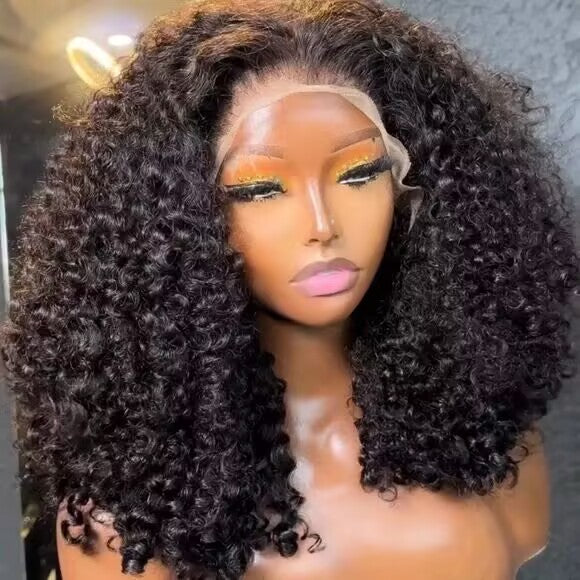

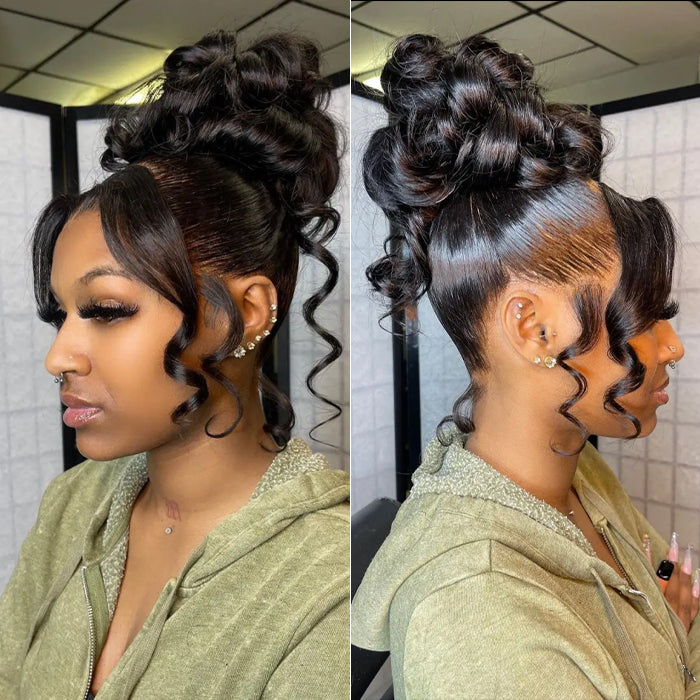
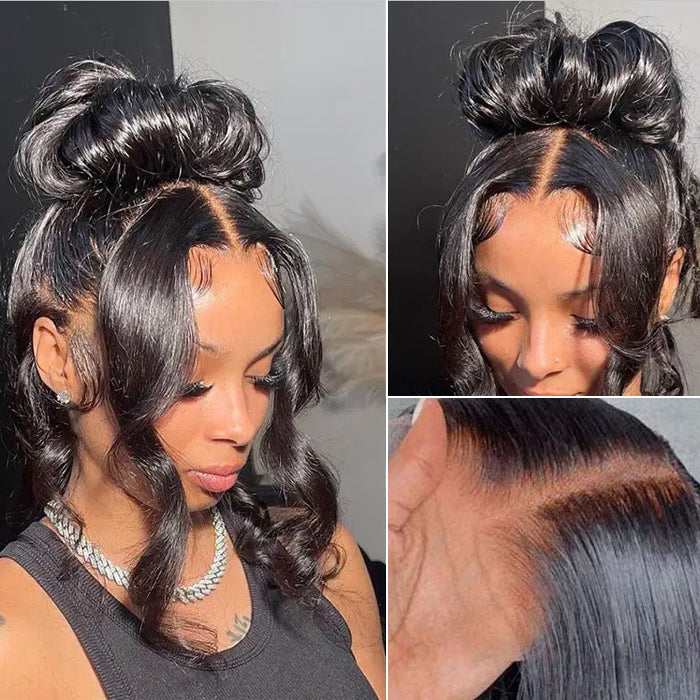
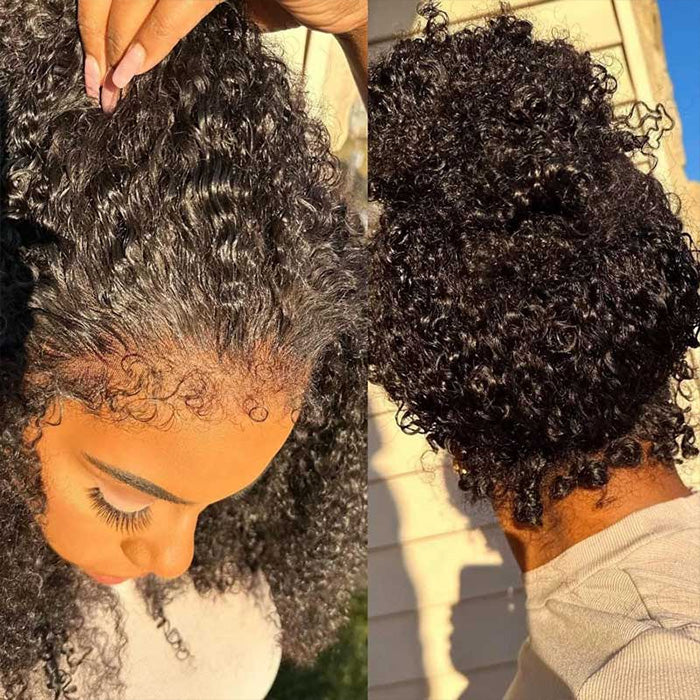
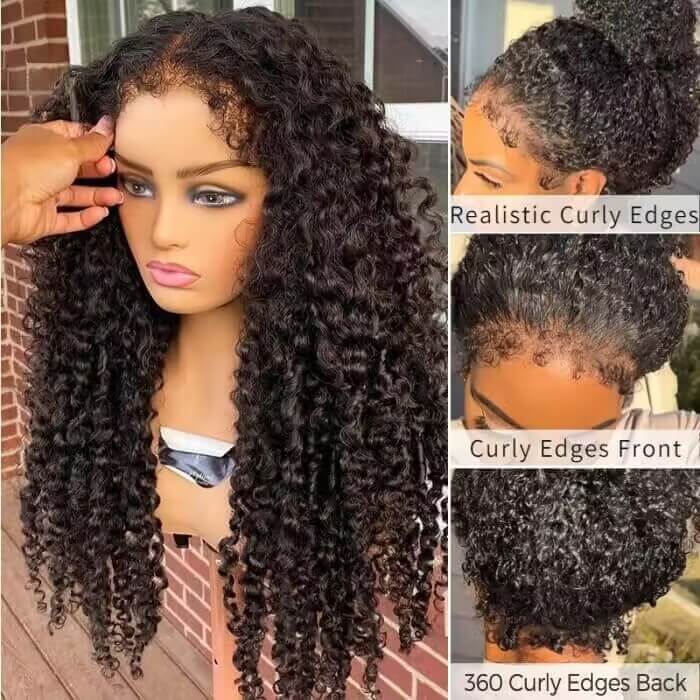
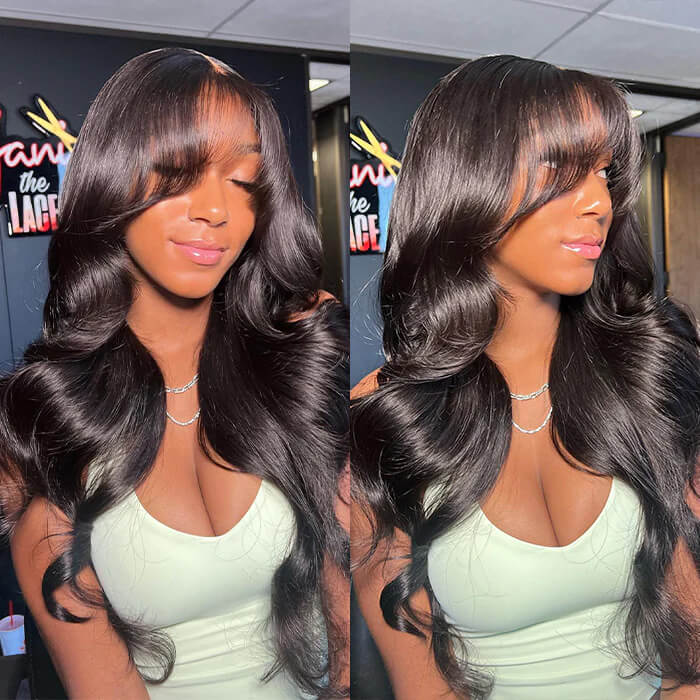

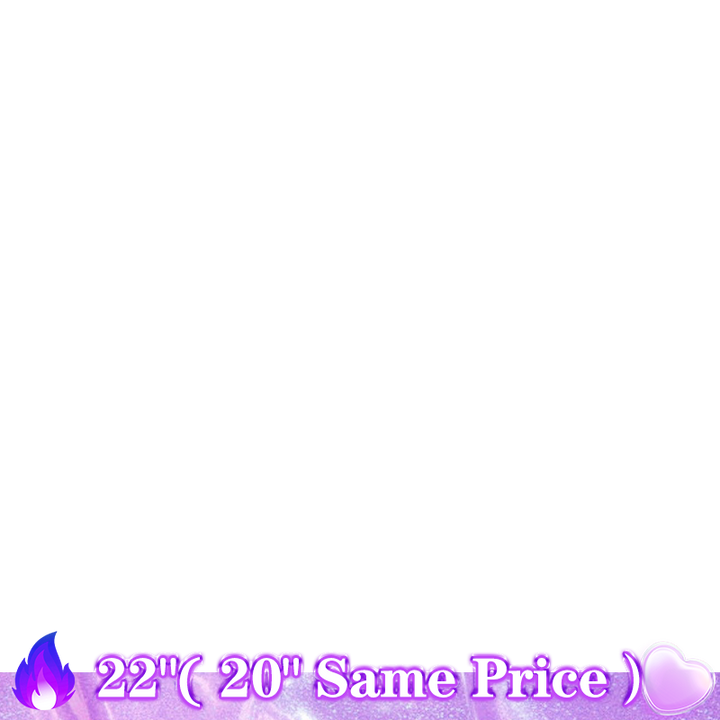
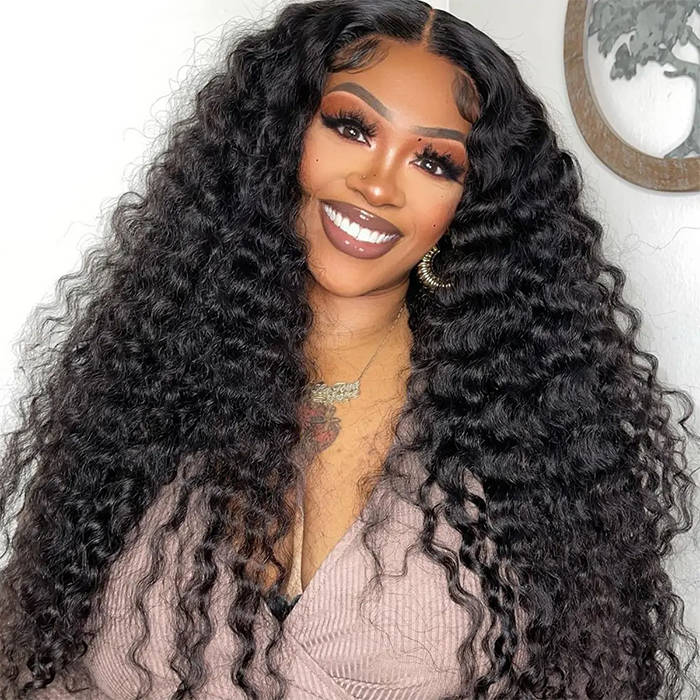
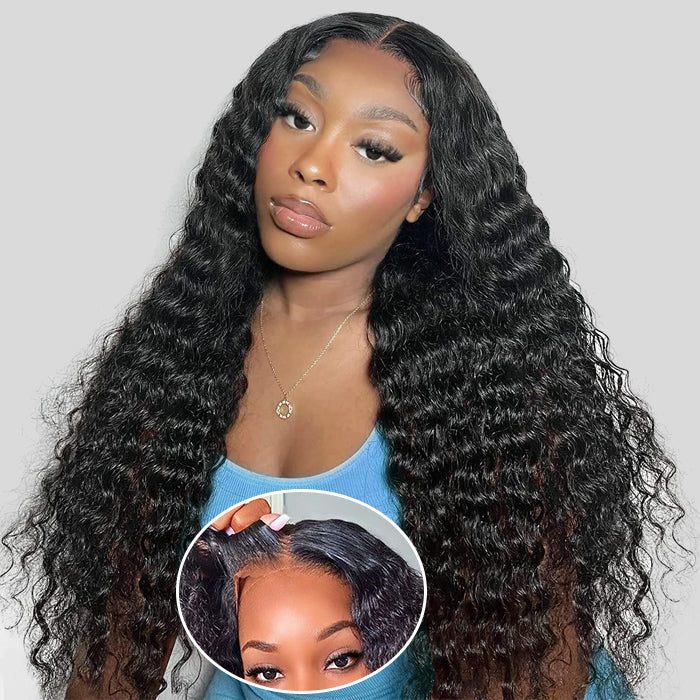
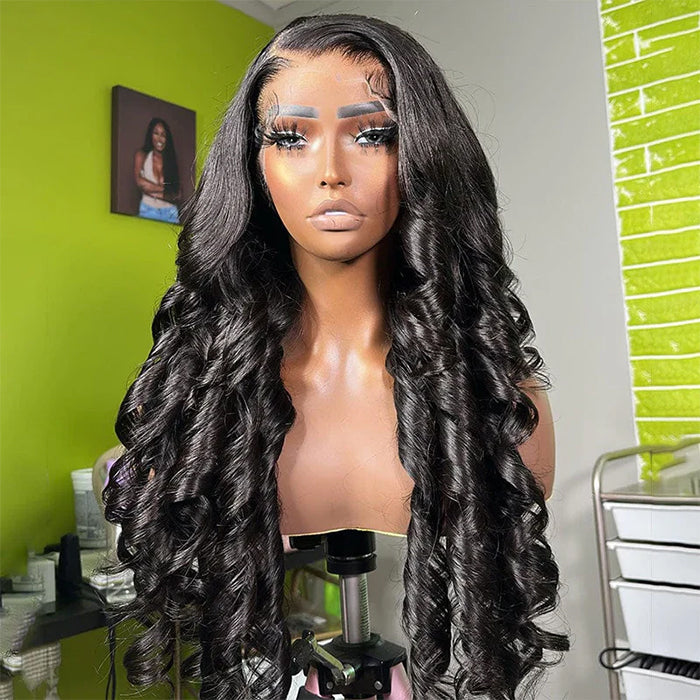

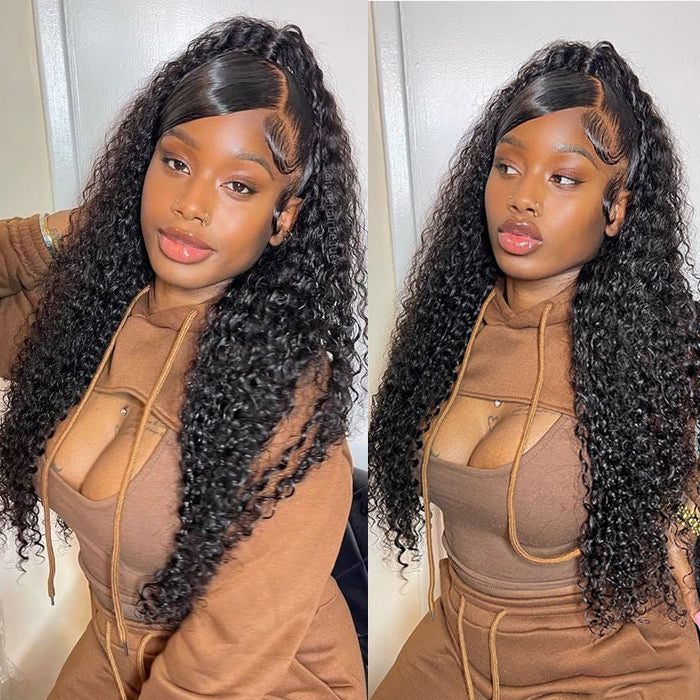

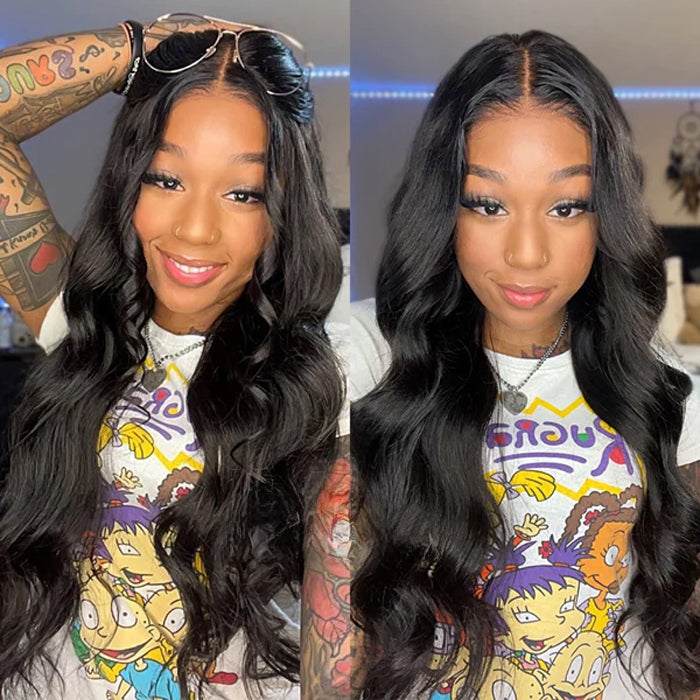



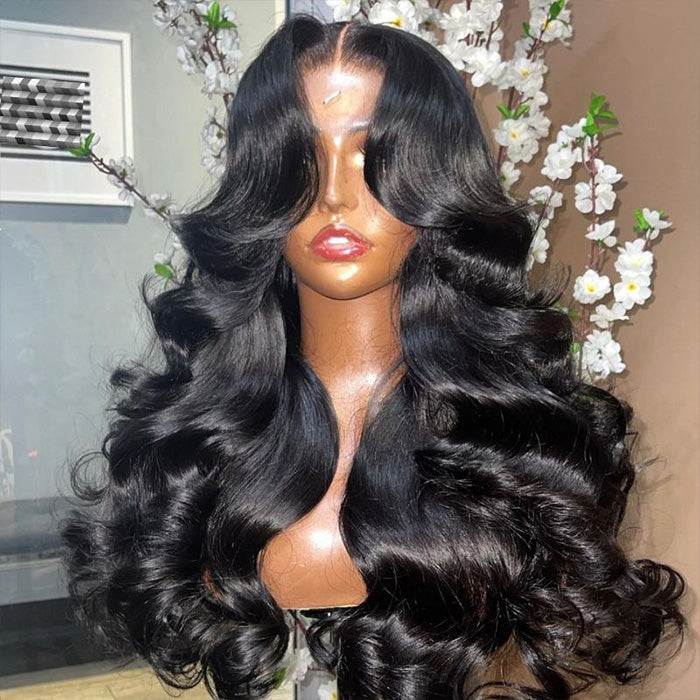
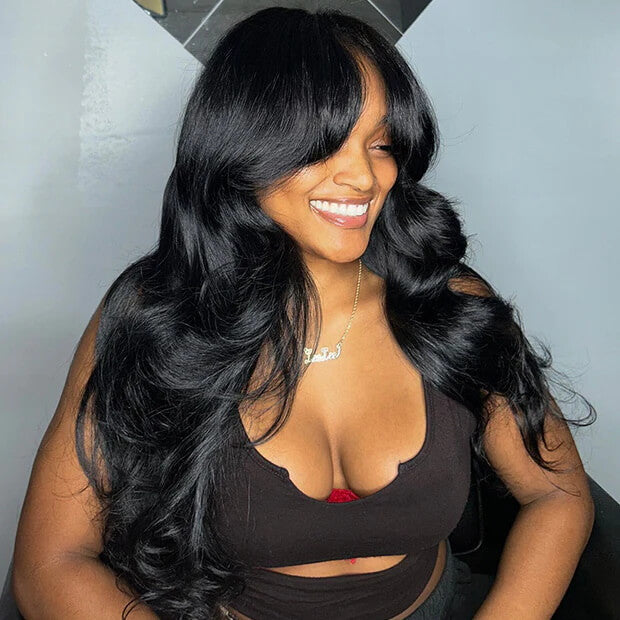
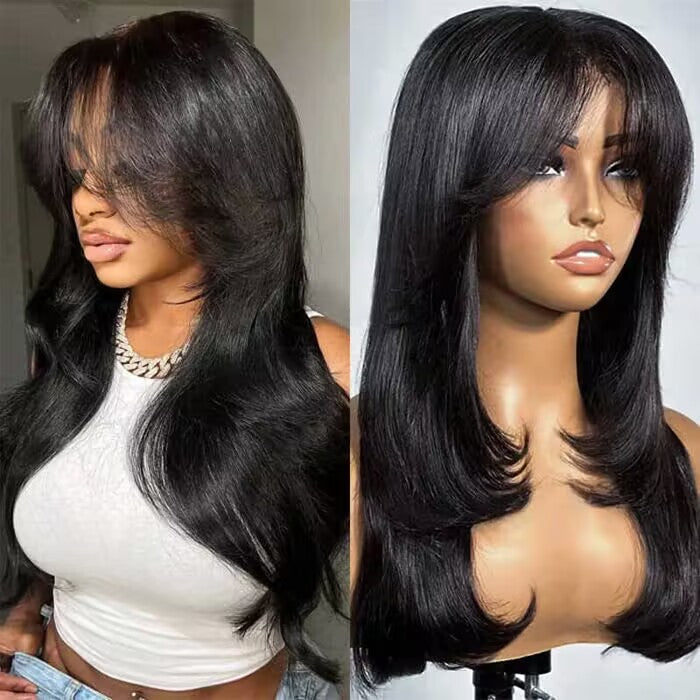
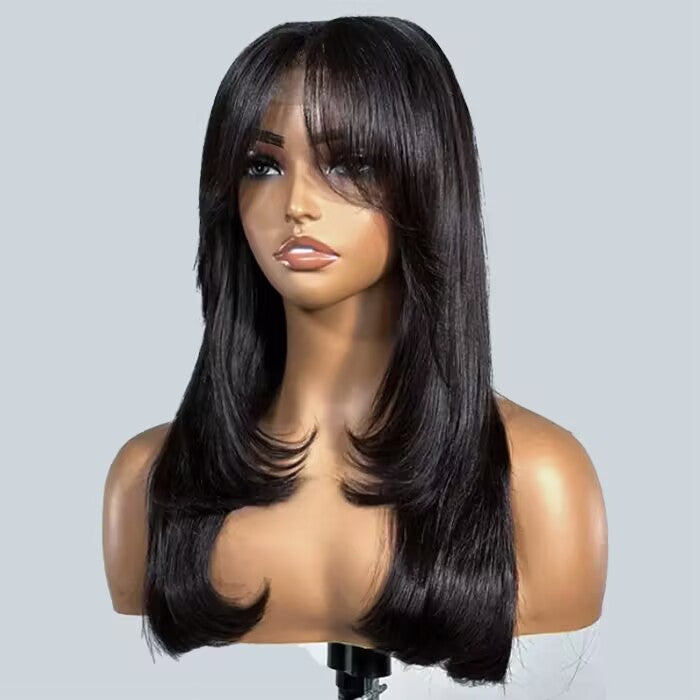
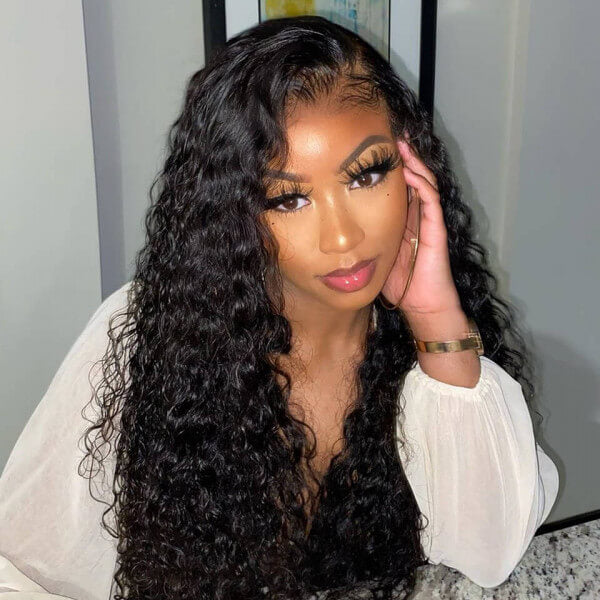
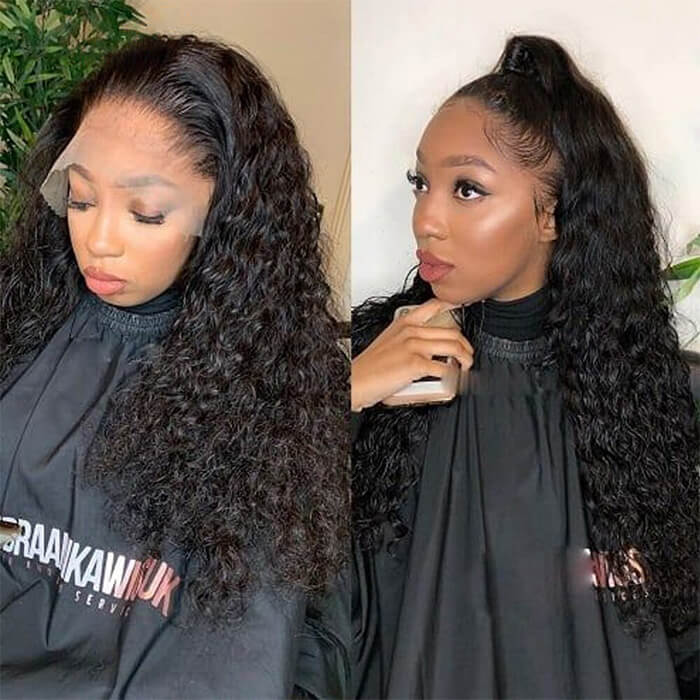
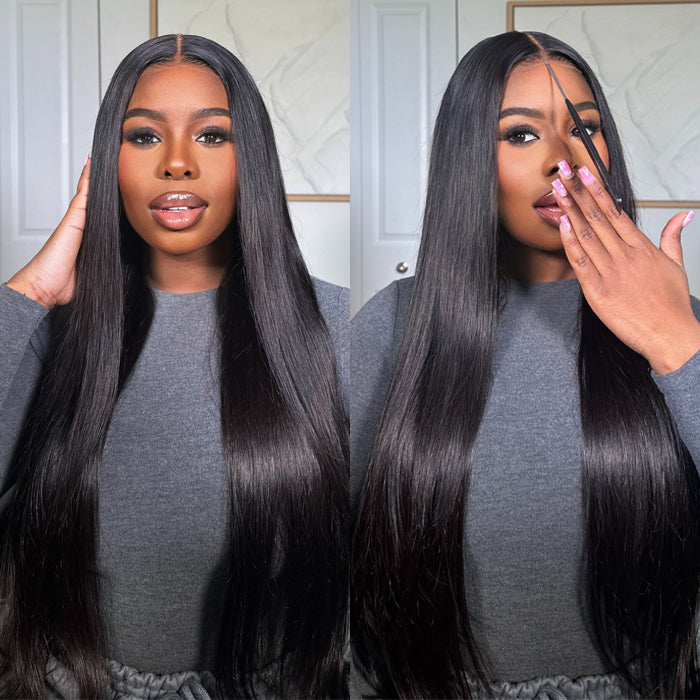
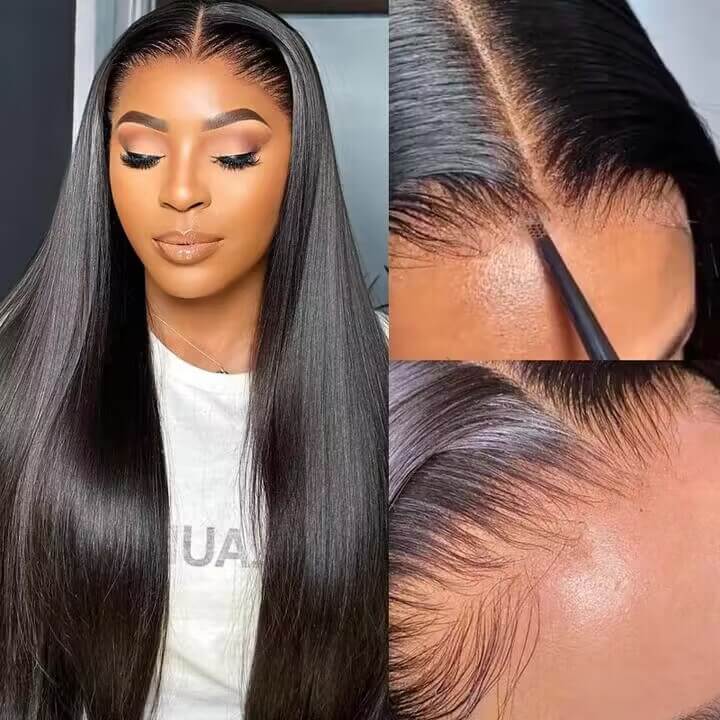
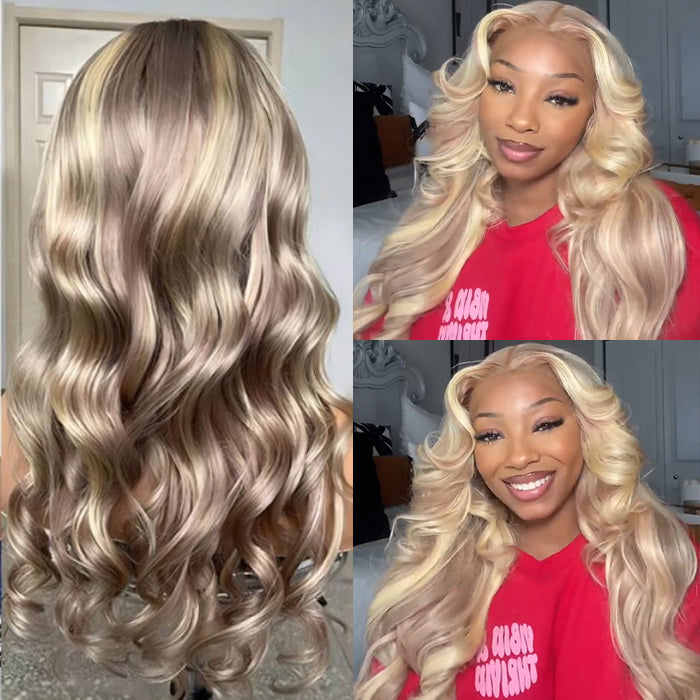
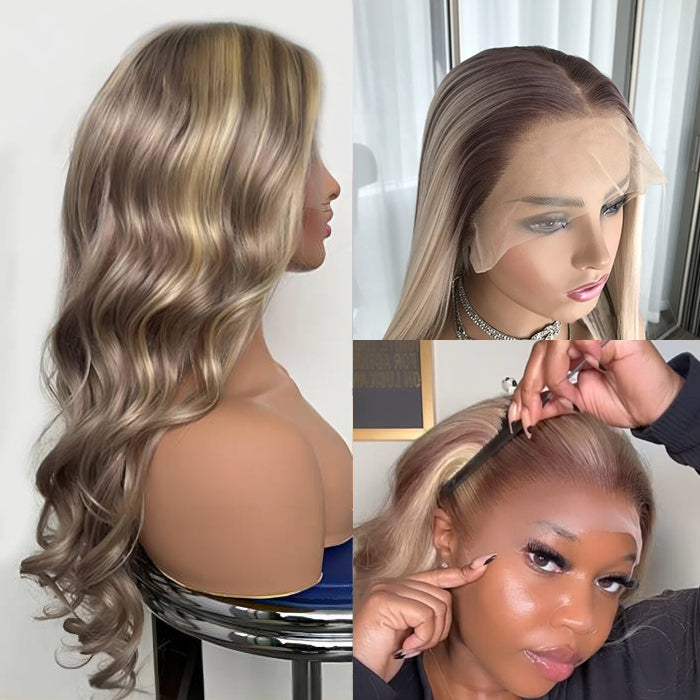
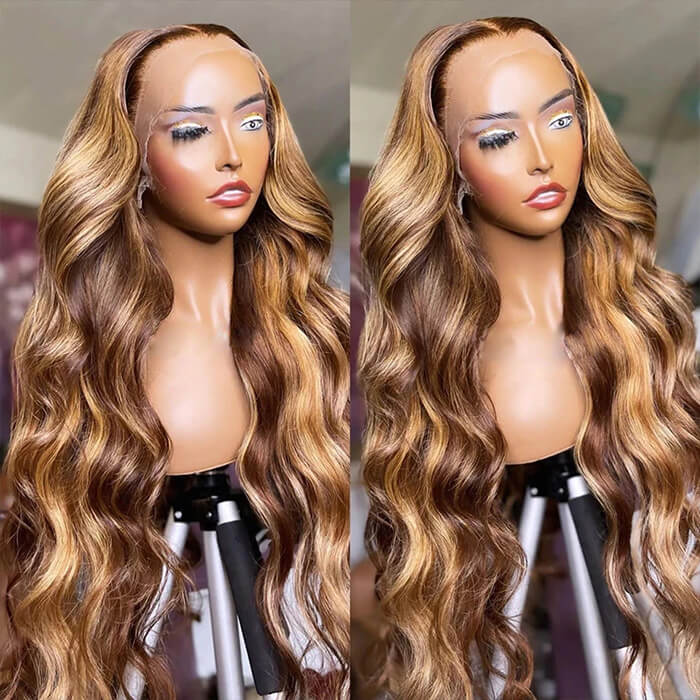
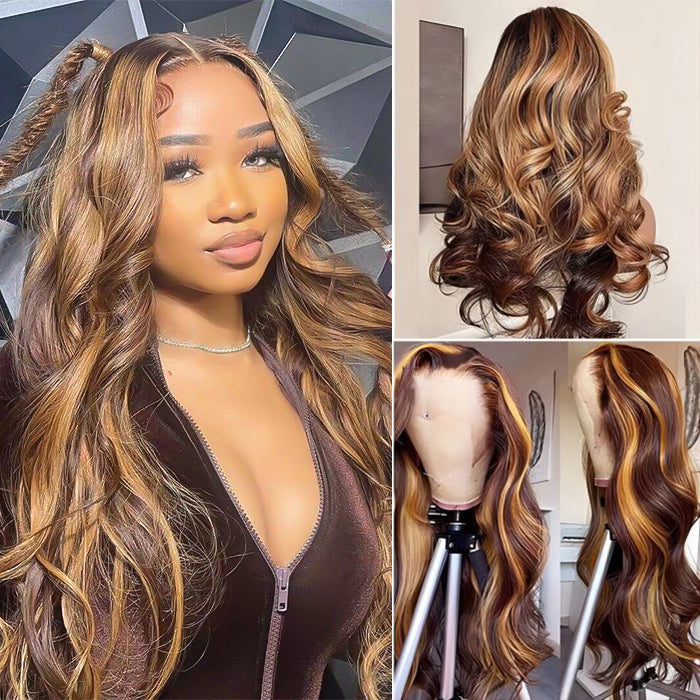
Leave a comment